Stanford researchers make ammonia from air and water microdroplets
Green Car Congress
MAY 1, 2023
Water (H 2 O) microdroplets are sprayed onto a magnetic iron oxide (Fe 3 O 4 ) and Nafion-coated graphite mesh using compressed N 2 or air as the nebulizing gas. This gas–liquid–solid heterogeneous catalytic system synthesizes ammonia in 0.2 The conversion rate reaches 32.9 ± 1.38 —Song et al.


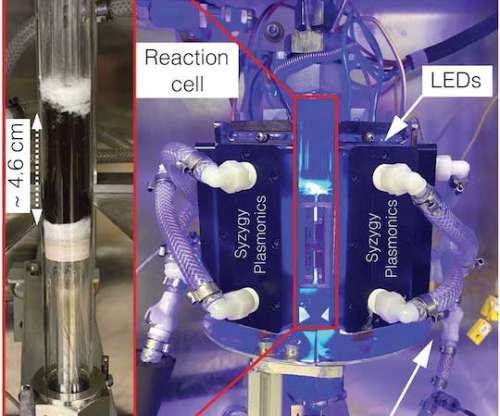


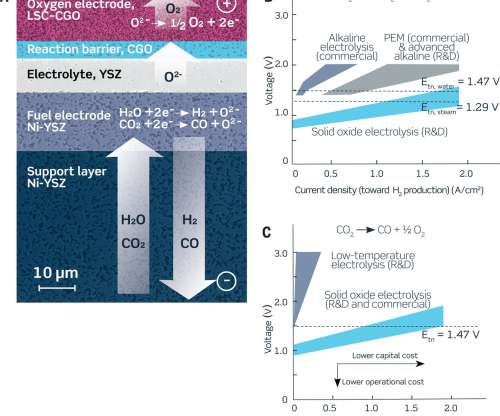

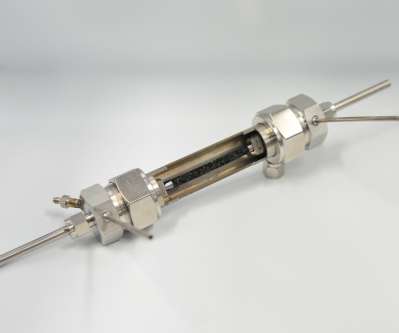









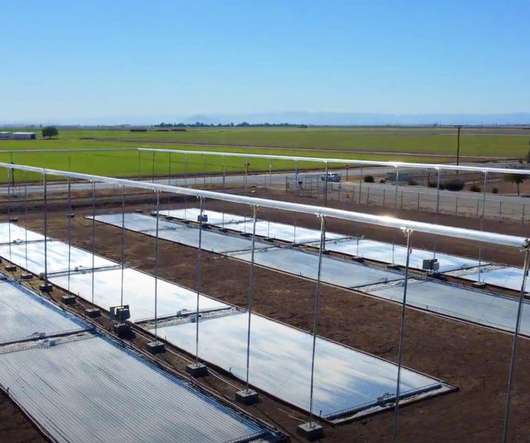














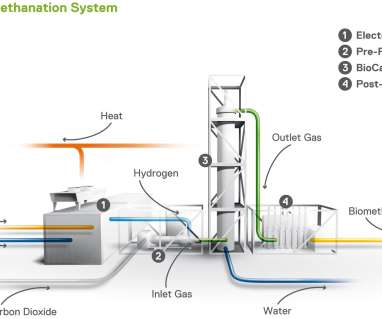






Let's personalize your content